Chinese
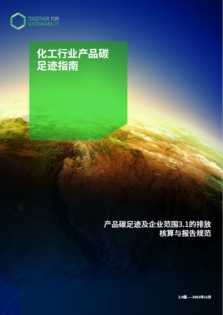

Committed to making chemical supply chains more sustainable, TfS members and suppliers also share the responsibility to reduce greenhouse gas emissions in the chemical industry. Scope 3 (upstream) greenhouse gas (GHG) emissions constitute a major share of a chemical company’s emissions.
Access here our resources to get started on your Scope 3 Decarbonisation Journey.
TfS PCF Data Model
TfS PCF Guideline
Calculating the carbon footprint of products provides the best product-level information for identification, tracking and reducing scope 3 GHG emissions in the industry.
In 2022, TfS launched the Product Carbon Footprint (PCF) Guideline dedicated to calculating the carbon footprint of chemical materials. The Guideline is designed to cover Corporate Accounting and allows suppliers and companies to calculate PCFs and Corporate Scope 3 Category 1 (Scope 3.1 – purchased goods and services) GHG emissions. The PCF Guideline is an open-source. By using it, suppliers and companies can work together to calculate their carbon footprints and reduce their GHG emissions. This will help decarbonise the entire industry together.
TfS White Paper: Improving and harmonising Scope 3 Reporting
The TfS White Paper explores the challenges and opportunities for harmonising carbon accounting methodologies in the chemical industry. It discusses the complexities involved and suggests strategies for a more sustainable future. The paper identifies three key modifications that are vital for the chemical industry to implement to improve carbon accounting: Biogenic carbon accounting, Mass Balance as a transition mechanism, and Recycled materials and content. The White Paper highlights the need for a reimagined corporate reporting methodology, which is crucial for the chemical industry’s progress towards a circular economy. This will encourage resource efficiency and reduce GHG emissions.
TfS PCF data-sharing solution
TfS kicked off a pilot of the PCF data-sharing solution, an IT solution using Siemens’ SiGreen technology, that enables TfS members and suppliers to safely share upstream product carbon footprint. It will make it easier for business to conduct cross-industry comparisons and compile and manage their emissions across all three scopes. The pilot is expected to be completed end of Q1 2024.
TfS PCF Data Model
For suppliers to correctly report PCF in the TfS data-sharing solution, TfS developed the PCF Data Model. While the TfS PCF Guideline remains the methodological reference on how to calculate PCF, the Data Model is a more detailed and technical document describing how the PCF should be reported in term of data fields, nomenclature and formatting. The PCF Data Model replaces section §5.3.2 and respective Table 5.20 in version 2.0 of the PCF Guideline.
You can view and download the PCF Guideline including Corporate Accounting and the White Paper on this website also in Chinese, Japanese, Portuguese and Spanish.

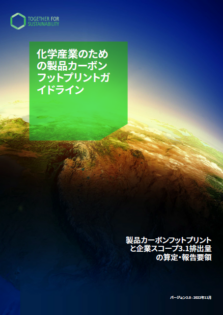
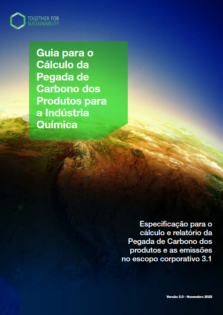
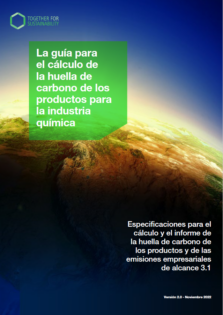
 April 10, 2024
April 10, 2024
TfS is hiring a TfS Project Manager GHG Scope 3 Emissions
 March 7, 2024
March 7, 2024
Register for our Comprehensive Learning Series: Mastering Emission Reductions
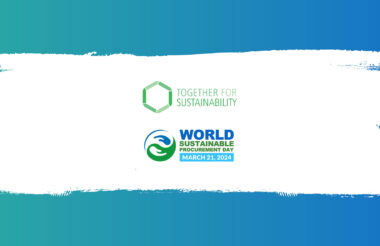 March 6, 2024
March 6, 2024
TfS Session "The Scope 3 Toolkit for Procurement" @ WSPD2024 by SPP – 21 March 2024 – 3-4pm CET
TfS members practice what they preach – they are committed to climate action in line with the Paris agreement and GHG emission reduction
Corporations will:
FIND GUIDANCE
for calculating scope 3.1 emissions1 (purchased goods and services) using PCFs
UNDERSTAND THE DATA
and information needed to evaluate scope 3 emissions in the chemical supply chains
BETTER IDENTIFY GHG REDUCTION OPPORTUNITIES
BOLSTER REPORTING
and reputation among customers, investors and key stakeholders
Suppliers will:
CALCULATE PCFs
to the level of specificity that customers request
FIND CALCULATION CRITERIA
and instructions for determining chemical PCFs
UNDERSTAND HOW TO PROVIDE
corporate customers PCFs to the level of specificity they are requesting
IMPROVE SUSTAINABILITY PERFORMANCE
and that of the value chain
1 Source: CDP, “Running Hot – Accelerating Europe’s path to Paris” (page 31).
On 9 November 2022, WBCSD and Together for Sustainability hosted a virtual panel discussion with three major chemical companies – BASF, Merck, Mitsibushi Chemical – that have begun using the PCF Guideline. During this interactive event, cross-sector sustainability leaders and chemical companies shared their experience with the PCF Guideline, including:
• What it is
• How suppliers and corporations can use it
• How it can be rolled out in your organisation
• Above all, why it matters.
The recording of the event is now available!
Together we will reduce Scope 3 GHG emissions in the chemical industry
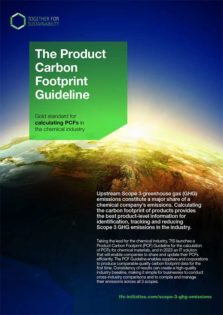
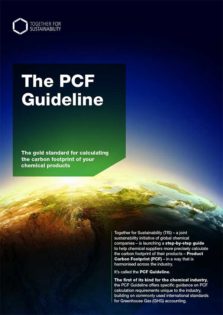
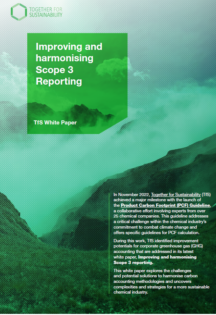

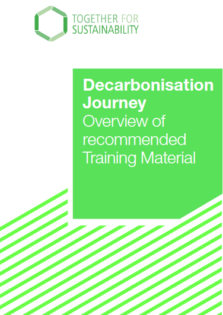
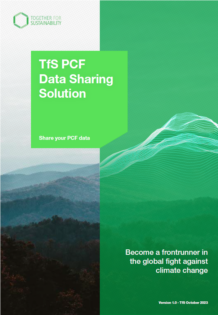
Should you have any queries about the TfS Scope 3 GHG Emissions Programme, please contact us.
Contact us